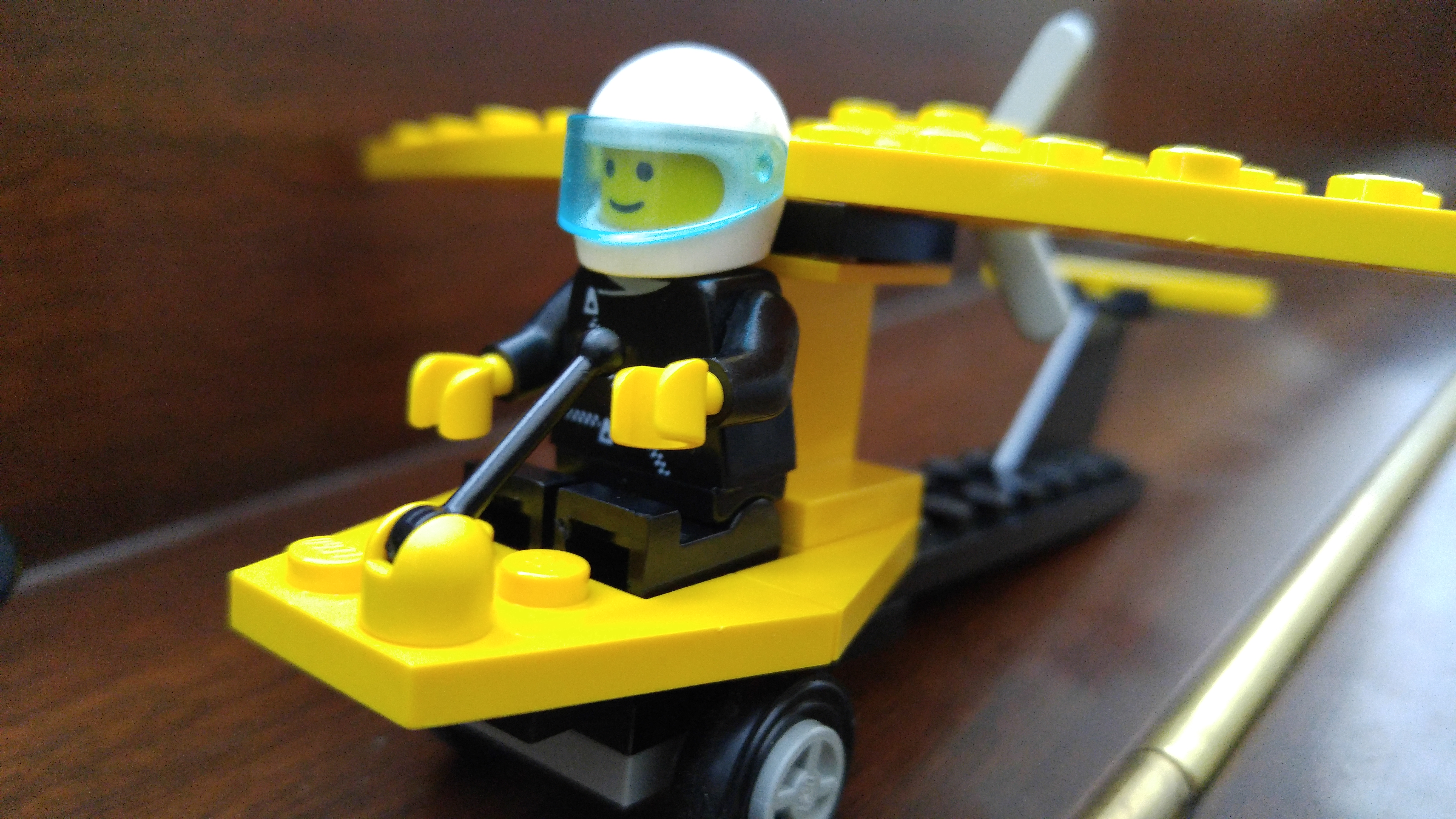Hands-On With the G4, the New Flagship Smartphone From LG
The G4 is LG’s new high-end Android mobile phone. On first glance you might mistake it for LG’s last significant phone, the G3. They both look really similar with all the buttons on the back and a distinctly barren glass front face. The G4, like the G3, looks really nice, if not a little simple.
Initially I was a little disappointed with the G4’s same appearance as the G3, but it follows the patterns being set by Apple, Samsung, and HTC. All of which will use very similar, or identical, phone exteriors for more than one year. For its part, LG did add the option for a leather back to differentiate.
I still really like what the G3, and now G4, has done with the phone’s physical size. It has a large 5.5” screen, but the overall footprint of the phone is still about a half-inch shorter than the iPhone 6 Plus which has the same size screen. It feels small in the hand, but has a generous sized screen. Really, it’s the best of both worlds.
-

-

-

-

-

-

-

-

-

-

-

-

-

-

-

-

-

-

-

-

-

-

-

-

-

-

-

-

-

-

-

-

-

-

-

-

-

-

-

-










































